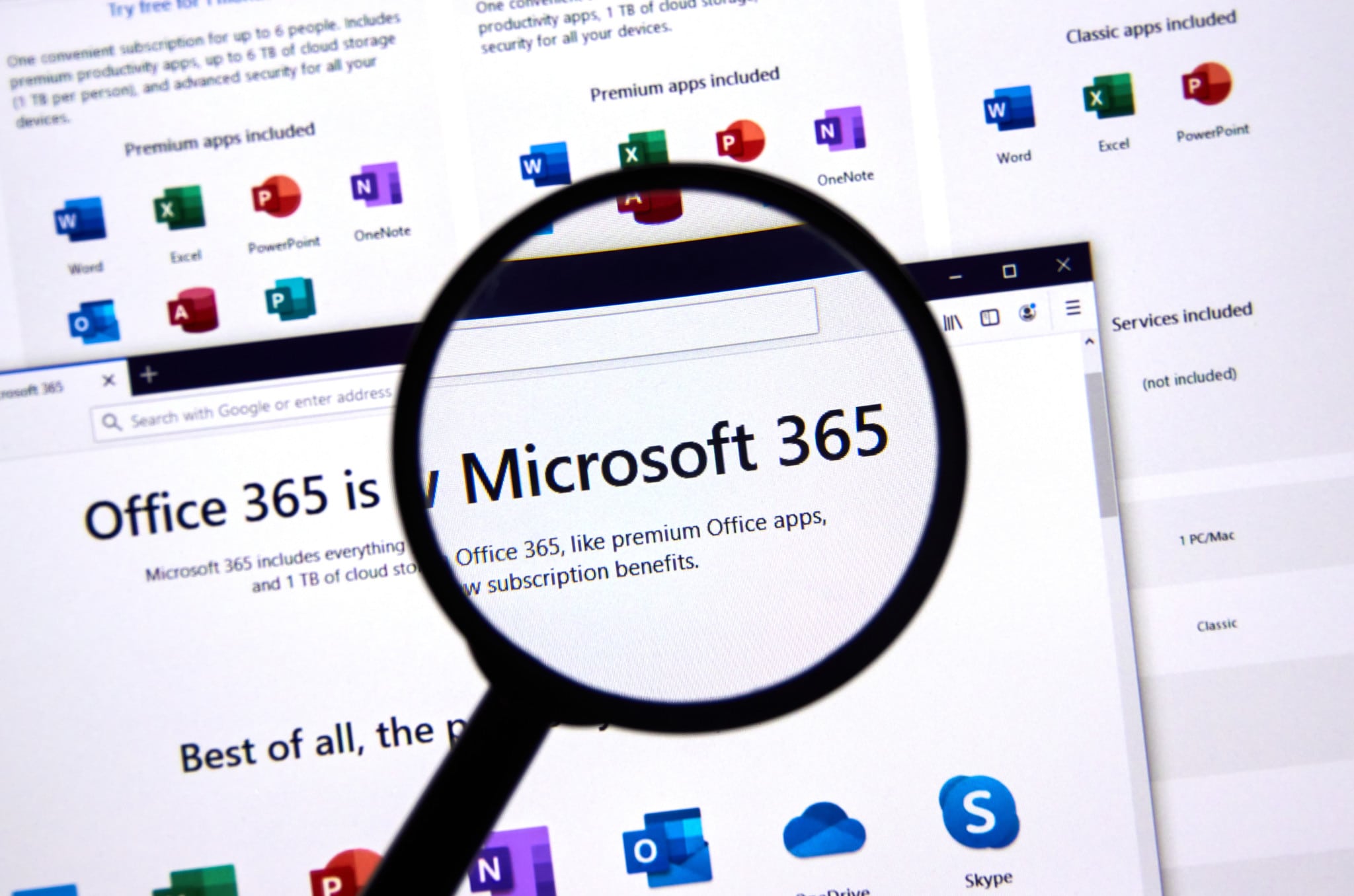If your organization uses Microsoft 365, you already know firsthand the many benefits its cloud services bring to your business. From seamless collaboration to powerful productivity tools, Microsoft 365 is an essential platform for modern businesses. However, with these benefits comes the critical responsibility of securing your data and protecting against cyber threats.
To help you enhance your Microsoft 365 cloud security, we’ve compiled six best practices that will improve security, protect your organization, and set your business up for success.
1. Enable Mailbox Audit Logging
Mailbox audit logging is a powerful feature that allows you to track user activities within mailboxes, including logins, message actions, and modifications. This feature helps you monitor unauthorized access, track changes to documents, and investigate security incidents effectively.
Since mailbox audit logging is not enabled by default, make sure to activate it to gain visibility into mailbox activities and strengthen your security posture.
2. Assess Your Microsoft 365 Secure Score
Microsoft 365 Secure Score is a security analytics tool that evaluates your security settings and activities against best practices. A higher Secure Score indicates a stronger security posture, helping you identify areas for improvement.
Regularly reviewing your Secure Score and implementing its recommendations can significantly reduce your organization’s risk exposure and enhance Microsoft 365 cloud security.
Related: How does your Microsoft 365 security measure up?
3. Implement Multi-Factor Authentication (MFA)
Multi-factor authentication (MFA) is one of the simplest and most effective ways to protect user accounts. By requiring an additional verification step—such as a phone call, text message, or app notification—MFA prevents unauthorized access, even if passwords are compromised.
Educate your employees on the importance of MFA and consider making it a mandatory security policy to strengthen your Microsoft 365 cloud security.
4. Configure Data Loss Prevention (DLP)
Data Loss Prevention (DLP) policies help safeguard sensitive information by preventing unauthorized sharing or accidental exposure. Microsoft 365 allows you to define rules that identify sensitive data—such as financial records or personal information—and restrict its transmission to unauthorized recipients.
For businesses with regulatory compliance requirements, DLP is an essential tool for maintaining data security and preventing breaches.
Related: Evolution of the data breach
5. Utilize Customer Lockbox for Enhanced Data Control
When Microsoft support engineers need to access your data during a troubleshooting session, Customer Lockbox provides an additional layer of control. With this feature, access requests must be explicitly approved by your organization before any data can be viewed.
Each request has an expiration time, ensuring that once the issue is resolved, access is automatically revoked. Customer Lockbox is available in the Enterprise E5 plan or as an add-on for other Enterprise plans, making it a valuable investment in Microsoft 365 cloud security.
6. Secure Mail Flow with Advanced Protections
Email security is a crucial aspect of Microsoft 365 cloud security. Ensuring that your mail flow is secure helps protect your organization from phishing, malware, and spam attacks. Key security features include:
- Anti-spam protection: Customizable spam filters to meet your organization’s needs.
- Advanced Threat Protection (ATP): Scans email attachments and URLs for malicious content.
- Anti-malware protection: Multi-layered real-time malware protection.
- Safety tips in email messages: Color-coded warnings help users identify potentially harmful emails.
By implementing these security features, you can minimize risks and safeguard your organization’s email communications.
Final Thoughts
Securing your Microsoft 365 environment is an ongoing process that requires vigilance and proactive measures. By enabling mailbox audit logging, monitoring your Secure Score, enforcing MFA, configuring DLP, utilizing Customer Lockbox, and securing mail flow, you can significantly enhance your Microsoft 365 cloud security.
Taking these steps not only protects your business from cyber threats but also ensures compliance and data integrity, allowing you to maximize the benefits of Microsoft 365 with confidence.


